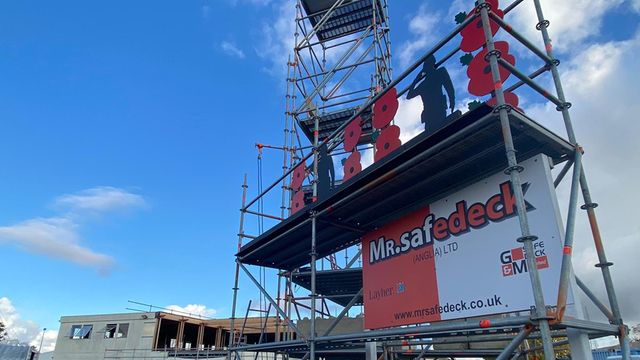All organisations have a legal requirement to carry out risk assessments on any activities which could have a significant impact on their employees or others who may be affected by their undertakings.
Where a company employs five or more staff, it has to be written down. However, if a company or business employs less than 5 people, having written risk assessments can demonstrate that hazards and associated risks for the work have been considered.
Some activities which involve higher risk hazards may also require additional measures to reduce the risks to those carrying out the work, sometimes referred to as a safe system of work or a Method Statement.
Although a method statement is NOT a legal requirement, they are usually requested along with risk assessments as part of tendering and accreditation processes to show how the company will carry out works safely.
What you need to consider with a method statement
The production of a method statement can seem like a daunting task. But knowledge about how the activity will be done and what the risks are will help to ensure that the document is relevant and importantly, that staff will follow it.
- Firstly, when looking at the activity being carried out, refer to the risk assessment.
- Summarise the hazards present and make sure that the control measures are detailed and correct.
- Look further into the activity and consider if you will need any additional training for those doing the work, any permits or licenses, or personal protection offering higher levels of protection etc.
- The level of detail will increase the more complex the works are and the higher the risk is.
How to set out a method statement
There are lots of templates available for producing method statements but in general, they need to contain the following;
- Clear title, show the address or location of the work, company details including management/staff names and emergency contact details.
- A description of the work or activity with start/completion dates, details of access restrictions, emergency procedures etc.
- Sequence of work. This should be kept simple to avoid confusion but contain enough detail for everyone involved to understand what will be done and how.
- Be reviewed when necessary
Think of the sequence of work in a method statement as ‘recipe’ which explains in a step by step way what will be done, when and by who.
- The sequence of work can be in the form of a bulleted list and should outline what will be done from arrival on site, all the way through to leaving the site on completion of the work.
- Include references to any inductions required, the site set up, restricting access to the work area where needed, site clearing and removal of all waste and equipment at the end of the works.
You are the expert in the work you do. Ensuring that you complete risk assessments and method statements sometimes referred to as (RAMS) for your higher risk activities can demonstrate that you are doing what is necessary to reduce risks, but can also be an excellent opportunity to improve health and safety management, reduce costs and increase staff awareness.
Cut out the faff
We’re here to help you cut out the faff and our Alcumus Consultants can review your RAMS to help you ensure that they comply with current statutory and regulatory requirements.
Call 01484 439930 or visit www.alcumus.com/faff-free to find out more.




